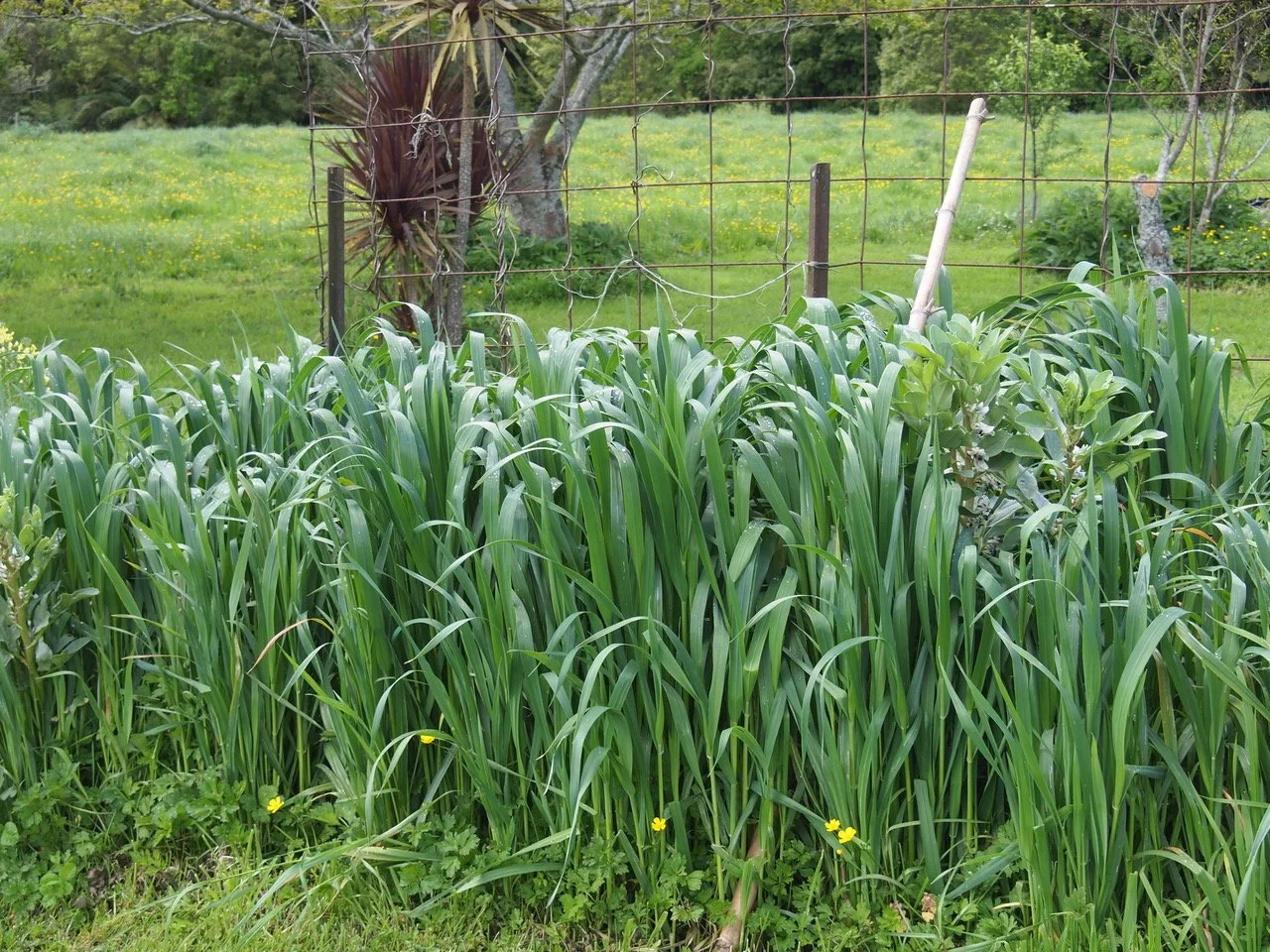The Arboreal Foodweb & Plant Extracts
/More on the PSAR: Plant – Soil – Atmosphere - Relationship
We started down the journey of making plant extracts over 20 years ago when we bought a farm covered in ragwort, thistles and gorse. We had no idea what we were getting into. Having studied with Elaine Ingham we had two important bits of information that guided us:
Biology is what drives soil function
Plant succession is what indicates the state of the soil.
With these two concepts in mind, we looked at the farm and figured the biology probably needed a bit of help and the farm (at least the pastures) were in an early state of succession.
So, what did that mean? According to Dr. Ingham the state of the soil can be determined by what is growing. Soils start out with parent material, basically rock, and the process of making soil is by organisms digesting that parent material and turning it into the various compounds that create soil.
In the beginning it is bacteria that do this job. As the soil starts to develop more complex organisms start to evolve and the ratio of bacteria to fungi changes.
Early successional soils are mostly bacteria, advance soils like those in old growth forests are mostly fungi.
This is a fairly simplistic view of a very complex environment, but you get the picture.
Each succession of plants continue to change the soil from mostly bacterial to more and more fungal. So, by looking at the plants in our pastures we figured it was a bacterial soil and those ragworts and thistles were trying to build fungal biomass.
Now plant succession can take a very long time, so our question was, could we speed this up? Well, we had plenty of plant material to work with, so we went to work making plant extracts, hundreds of litres of plant extract.
Realize we also changed a number of other practices around the farm but in a couple of years we had virtually no ragwort or thistles and this began our journey into plant extracts.
What is the Arboreal Foodweb?
During the following years we continued to make and use plant extracts, several years ago we ran into work by the incredible Michael Phillips. Michael was an apple grower and orchardist in New Hampshire and much of what we have learned about using plant extracts since those early days has to be attributed to him, for a more complete story you need to check out:
https://www.youtube.com/watch?v=cRDzyiBmaFg
But for those in a hurry, here are the basics:
As the soil food web works below the ground the arboreal food web works above on plant, leaf and bark surfaces. These organisms nourish and protect the plants that host them. They work through two main mechanisms.
Endophytes – work inside the plant structure.
Epiphytes – work on the plant surfaces.
These organisms protect and help nourish the plant by creating cellular juices that interact with the plant and the atmosphere.
We can enhance this relationship with the use of plant extracts and minerals in liquid form.
As in all aspects of agriculture, diversity is often the key. Mixed brews combining foods like individual plant extracts, humic and fulvic acids, compost tea or extracts, seaweed, fish, and extract of plants like neem, hemp and others containing fatty acids give the best results.
These liquid brews not only assist in the nutrition and protection of the plant at the surface, but they also move through the plant into the root zone and into the soil through the liquid carbon exchange. This is one of the fastest ways to store carbon and improve the biological engine of your soil.
Here are a few ideas to get you started.
CALCIUM BREWS
Comfrey leaf
Green nettles
Effective microbes EM
Garlic scapes
Whole milk
Humic & fulvic acids
SILICA BREWS
Horsetail
Seeded Nettles
Effective Microbes EM
Azomite clay
Soft rock phosphate
Granite dust
Basalt dust
Humic & fulvic Acids
Be sure to view Michael Phillips video for a more complete understanding of this powerful tool. Although he talks from an orchard perspective these systems work for vegetable and pasture management as well.



